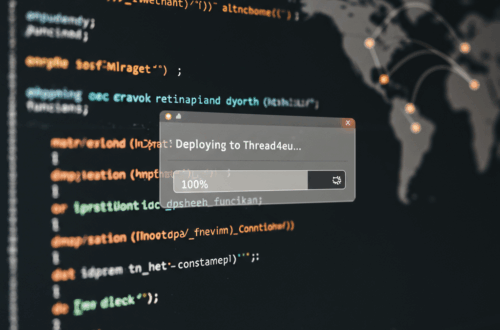A new protocol allows AI agents to interact with websites just like humans do. This opens up exciting possibilities for automating tasks, gathering data, and even creating new kinds of online experiences.
How Does It Work?
Imagine a software program that can browse a website, fill out forms, and click buttons, all without human intervention. That’s essentially what this protocol enables. It provides a standardized way for AI agents to understand and interact with the content and functionality of any website.
This isn’t just about scraping data. It’s about allowing AI agents to perform actions and receive feedback, just like a human user. This could be incredibly useful for tasks like:
- Automated testing of web applications
- Collecting data from various sources
- Creating personalized user experiences
- Building interactive AI-powered services
What’s the Big Deal?
This protocol has the potential to significantly change how we interact with the web. By allowing AI agents to act as users, it can streamline many online processes. Imagine an AI agent automatically comparing prices for a product across different websites or filling out complex forms for you. The possibilities are vast.
Currently the project is being shared through Hacker News and discussed on kodec.net. Check these links to stay up to date.
What’s Next?
This technology is still in its early stages. However, it represents a significant step towards a future where AI plays a more active role in our online lives. As the protocol evolves and more developers adopt it, we can expect to see even more innovative applications emerge.
The future potential impact of this technology depends on the collaboration and adoption across the development community. Its success hinges on continued testing, refinement, and feedback from users and developers alike. Embracing open standards and fostering a collaborative environment will pave the way for a web that is not only more efficient, but also more accessible and personalized.






